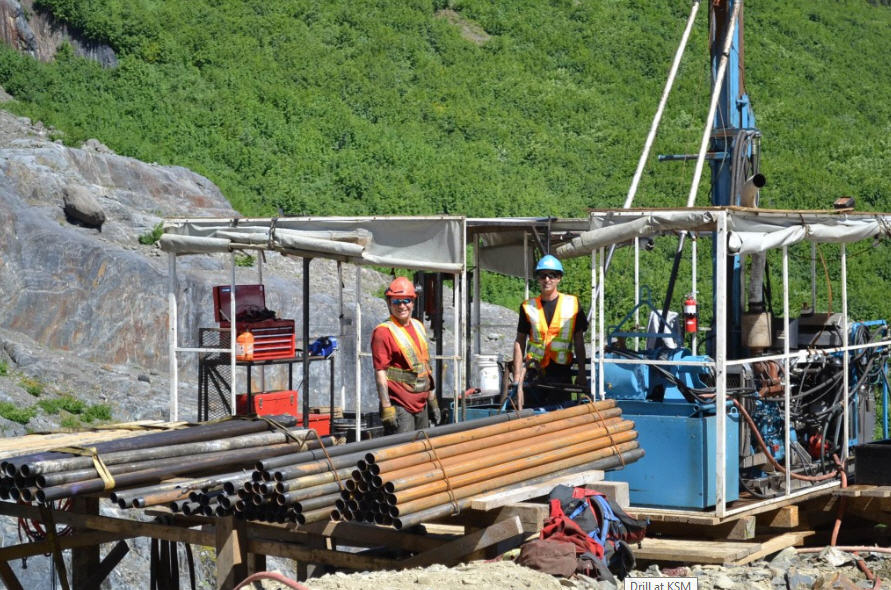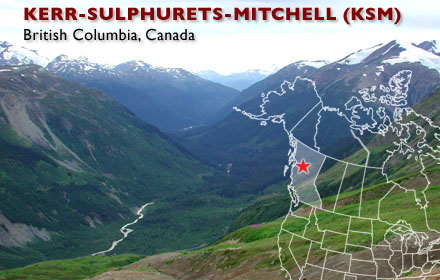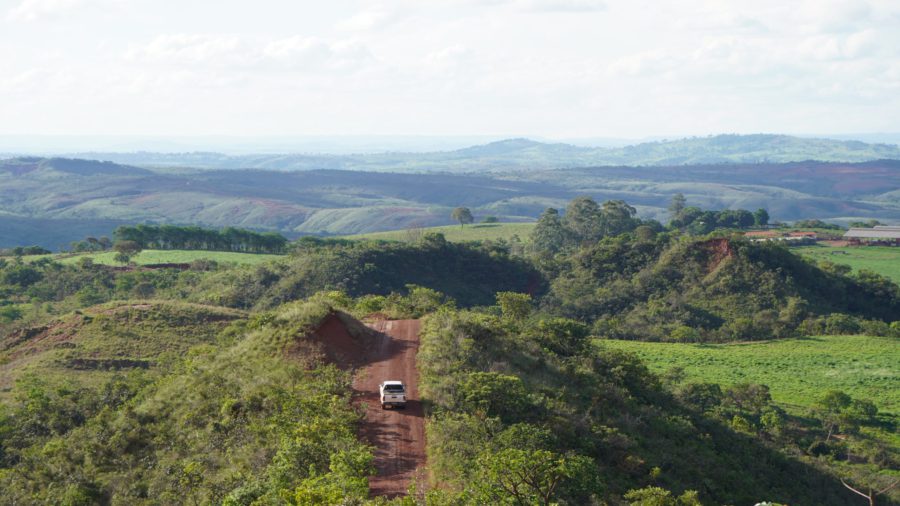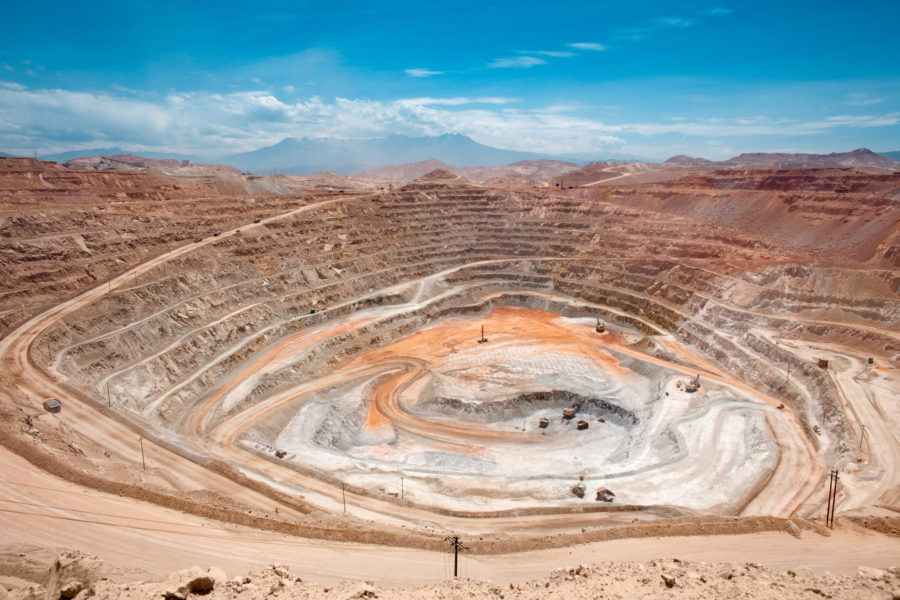Summer work in Golden Triangle paves way for final feasibility

Seabridge Gold Inc. (SEA:TSX; SA:NYSE.MKT) announced that this summer’s program at its 100%-owned KSM Project in northwestern British Columbia, Canada, is meeting its objectives. The program faced early delays because of adverse weather and “the impact of BC fire season on equipment and labor availability.”
“The 2018 program includes confirmation work to ensure that the project is ready for final feasibility when a partner is secured and exploration drilling to further define the higher grade core of the Iron Cap deposit down-plunge from the existing inferred resource,” stated the company. “The confirmation work has consisted of drilling to substantiate our reserve model (completed), waste characterization drilling and geotechnical drilling (nearly completed).”
 The company is using six diamond drill rigs “to ensure that objectives are met.”
The company is using six diamond drill rigs “to ensure that objectives are met.”
Seabridge Chairman and CEO Rudi Fronk stated,”Weather conditions were far different this year than what we have experienced at KSM over the past decade, forcing us to make program adjustments on the fly. Also, the unprecedented fire activity throughout the province and in our area limited our access to some services.” He also noted that Seabridge is “now on top of these issues and we expect to complete our planned program by extending our field season by several weeks. Results thus far indicate that all of our confirmation work is consistent with our development model and the inferred resource at Iron Cap will grow substantially.”
Seabridge provided an update on its summer drill program:
- It has drilled five holes totaling 1,746 meters to confirm the mineral reserves in the areas where production is likely to begin and found “block grades comparable to model predictions.”
- It has drilled eight holes and expects to drill another four, totaling 4,919 meters, to “test an updated block model of waste types on the margins of the deposits.”
- It has drilled nine geotechnical holes, 3,609 meters, to evaluate “material properties of fractures and faults on the planned pit high-walls.”
- It has drilled eight exploration holes at Iron Cap and is drilling five more for a total of 16,700 meters, “to continue testing the core zone of the Iron Cap deposit down plunge to the west. Initial indications are that the deposit approaches near vertical continuity to depth of at least 1,800 meters. Assay results are expected shortly.”
More News
Resouro boosts titanium resource by 37% at Tiros project in Brazil
Total resources are now 1,400 Mt1 at 12% TiO₂ and 4,000 ppm TREO, the company said.
April 09, 2025 | 04:37 pm
Prime Minister Mark Carney vows to speed permits, make Canada energy superpower
The Liberal Party leader said at a campaign stop in Calgary that his government would create a Major Federal Project Office with a “one project, one review” mandate.
April 09, 2025 | 03:34 pm
Peru mining chamber sees copper output up 2-4% this year
That would put Peru's copper production between 2.79 million and 2.85 million metric tons.
April 09, 2025 | 02:53 pm
{{ commodity.name }}
{{ post.title }}
{{ post.excerpt }}
{{ post.date }}




Comments